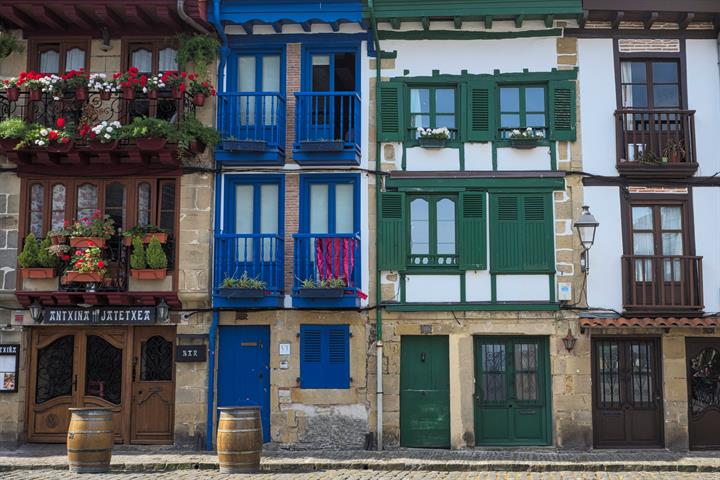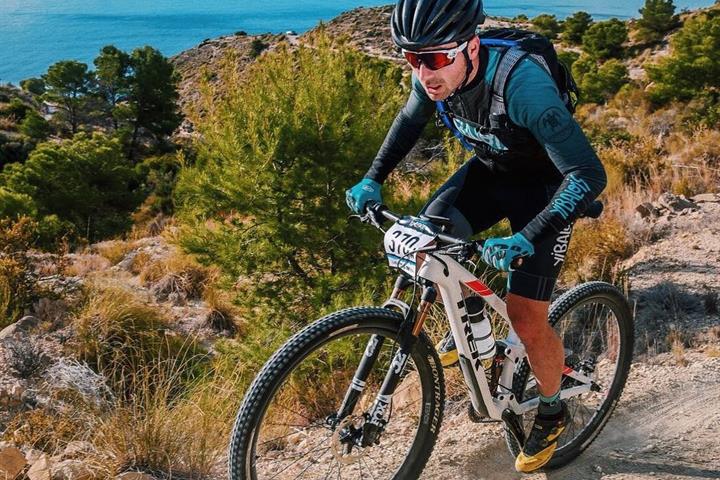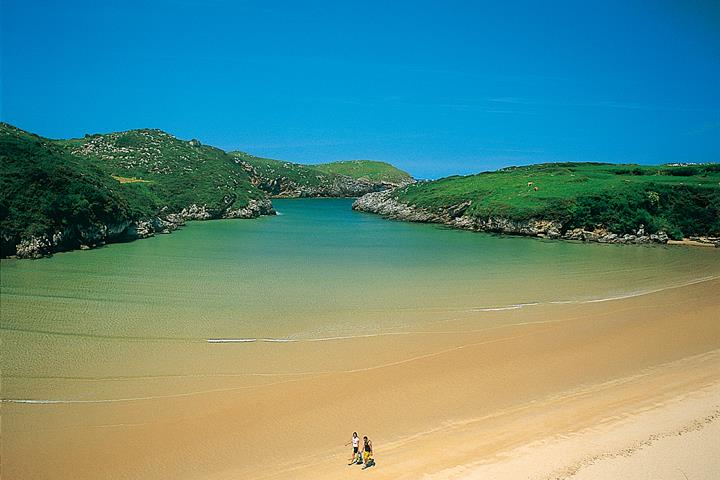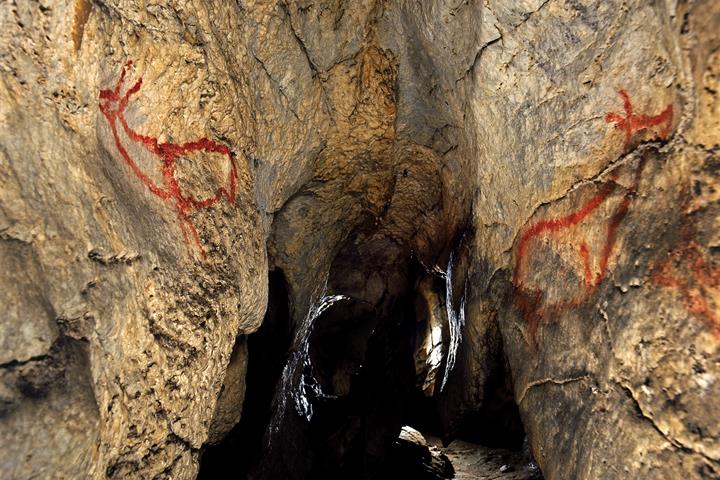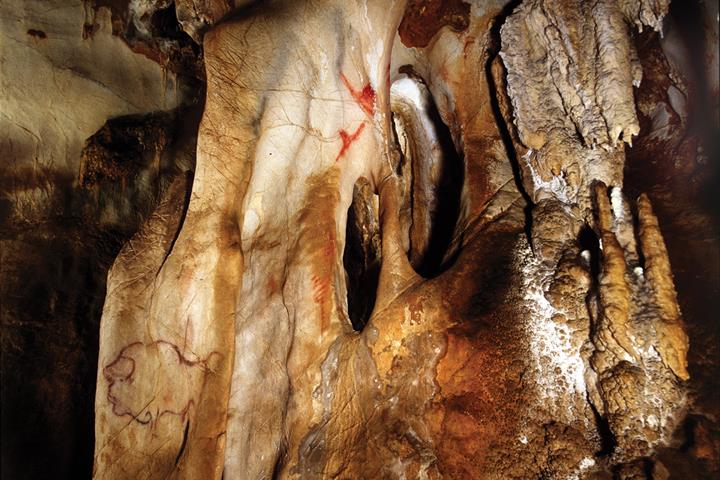Picos de Europa Reiseinformationen und Video
Reiseinformationen, Tipps, Fotos und Videos über Picos de Europa
Top Ferienimmobilien in Spanien
Tipps für Ausflüge in der Gegend
Bewertungen für Picos de Europa
Durchschnitt der Bewertungen - Basierend auf 15 Bewertungen.
Stadt
Küste
| Stadt: | |
| Küste: |
Eingereicht von: Izabela
22. Aug 2021
Diese Bewertung erscheint in Englisch
Diese Bewertung erscheint in Englisch
War die Bewertung hilfreich?
Ja
Nein
Stornieren
Missbrauch melden
Sie halten dies für Missbrauch?
| Stadt: | |
| Küste: |
Eingereicht von: Patrick Albert
8. Aug 2021
Diese Bewertung erscheint in Englisch
Diese Bewertung erscheint in Englisch
War die Bewertung hilfreich?
Ja
Nein
Stornieren
Missbrauch melden
Sie halten dies für Missbrauch?
| Stadt: | |
| Küste: |
Eingereicht von: van Aken
28. Aug 2020
Diese Bewertung erscheint in Englisch
Diese Bewertung erscheint in Englisch
War die Bewertung hilfreich?
Ja
Nein
Stornieren
Missbrauch melden
Sie halten dies für Missbrauch?
| Stadt: | |
| Küste: |
Eingereicht von: NORET Isabelle
17. Aug 2020
Diese Bewertung erscheint in Englisch
Diese Bewertung erscheint in Englisch
War die Bewertung hilfreich?
Ja
Nein
Stornieren
Missbrauch melden
Sie halten dies für Missbrauch?
| Stadt: | |
| Küste: |
Eingereicht von: Traudie Maas
12. Aug 2019
Diese Bewertung erscheint in Spanisch
Diese Bewertung erscheint in Spanisch
War die Bewertung hilfreich?
Ja
Nein
Stornieren
Missbrauch melden
Sie halten dies für Missbrauch?
| Stadt: | |
| Küste: |
Eingereicht von: Jennifer Churchill
5. Aug 2019
Diese Bewertung erscheint in Spanisch
Diese Bewertung erscheint in Spanisch
War die Bewertung hilfreich?
Ja
Nein
Stornieren
Missbrauch melden
Sie halten dies für Missbrauch?
| Stadt: | |
| Küste: |
Eingereicht von: D.E. Vrauwdeunt-Vijge
4. Aug 2019
Diese Bewertung erscheint in Englisch
Diese Bewertung erscheint in Englisch
War die Bewertung hilfreich?
Ja
Nein
Stornieren
Missbrauch melden
Sie halten dies für Missbrauch?
| Stadt: | |
| Küste: |
Eingereicht von: Renaat Vermeirsch
27. Jul 2019
Diese Bewertung erscheint in Englisch
Diese Bewertung erscheint in Englisch
War die Bewertung hilfreich?
Ja
Nein
Stornieren
Missbrauch melden
Sie halten dies für Missbrauch?
| Stadt: | |
| Küste: |
Eingereicht von: clare pitts
30. Aug 2018
Diese Bewertung erscheint in Spanisch
Diese Bewertung erscheint in Spanisch
War die Bewertung hilfreich?
Ja
Nein
Stornieren
Missbrauch melden
Sie halten dies für Missbrauch?
| Stadt: | |
| Küste: |
Eingereicht von: Mia
28. Aug 2018
Diese Bewertung erscheint in Englisch
Diese Bewertung erscheint in Englisch
War die Bewertung hilfreich?
Ja
Nein
Stornieren
Missbrauch melden
Sie halten dies für Missbrauch?
| Stadt: | |
| Küste: |
Eingereicht von: Sarah Colborne
9. Jul 2018
Diese Bewertung erscheint in Englisch
Diese Bewertung erscheint in Englisch
War die Bewertung hilfreich?
Ja
Nein
Stornieren
Missbrauch melden
Sie halten dies für Missbrauch?
| Stadt: | |
| Küste: |
Eingereicht von: Onno Janse
4. Aug 2017
Diese Bewertung erscheint in Holländisch
Diese Bewertung erscheint in Holländisch
War die Bewertung hilfreich?
Ja
Nein
Stornieren
Missbrauch melden
Sie halten dies für Missbrauch?
| Stadt: | |
| Küste: |
Eingereicht von: L. de Kleijn
8. Aug 2016
Diese Bewertung erscheint in Holländisch
Diese Bewertung erscheint in Holländisch
War die Bewertung hilfreich?
Ja
Nein
Stornieren
Missbrauch melden
Sie halten dies für Missbrauch?
| Stadt: | |
| Küste: |
Eingereicht von: BARBIER
25. Aug 2014
Diese Bewertung erscheint in Französisch
Diese Bewertung erscheint in Französisch
War die Bewertung hilfreich?
Ja
Nein
Stornieren
Missbrauch melden
Sie halten dies für Missbrauch?
| Stadt: | |
| Küste: |
Eingereicht von: Peter van Kernebeek
13. Aug 2013
Diese Bewertung erscheint in Englisch
Diese Bewertung erscheint in Englisch
War die Bewertung hilfreich?
Ja
Nein
Stornieren
Missbrauch melden
Sie halten dies für Missbrauch?
